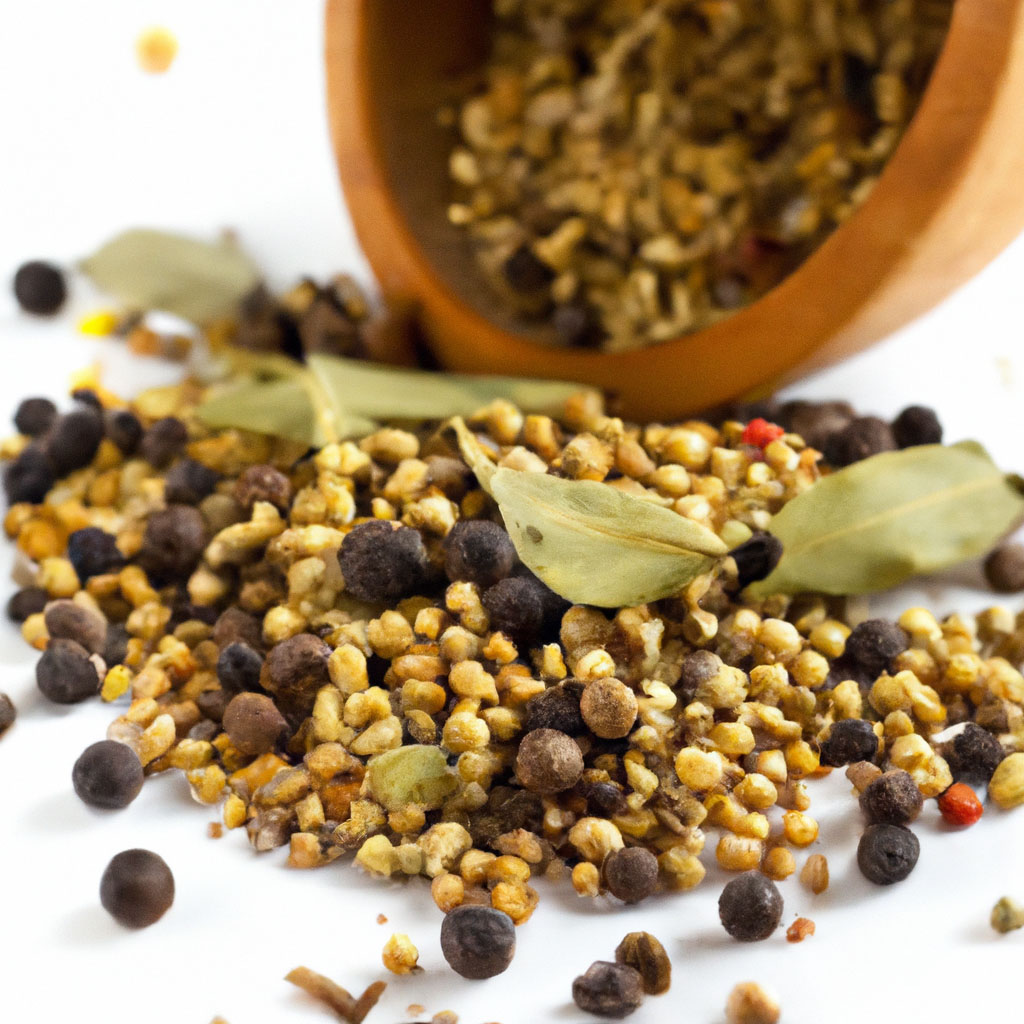Pickling spice is a versatile blend of herbs and spices used to add flavor and depth to a variety of pickled foods. It is a staple in many kitchens, particularly for home pickling enthusiasts, and it plays a crucial role in preserving and flavoring pickled vegetables, fruits, and even meats. While there is no single formula for pickling spice, the blend typically includes a mixture of aromatic spices that enhance the brining process, infusing the food with a balanced mix of savory, sweet, and spicy flavors.
A typical pickling spice blend can include whole or crushed spices such as mustard seeds, coriander seeds, allspice, black peppercorns, bay leaves, clove, cinnamon sticks, and chili flakes. Some variations may also include juniper berries, dill seeds, fennel seeds, star anise, and ginger, depending on regional preferences or personal taste.
The result is a well-balanced, complex spice mix that can adapt to both sweet and savory pickling recipes. For example, in sweet pickles, additional ingredients like sugar or honey might be used alongside pickling spice to create a sweet-tart balance. For savory or spicy pickles, extra chili flakes or garlic can be added to amplify the heat.
Pickling spice is traditionally used in brine recipes for preserving cucumbers, onions, carrots, and other vegetables. When added to a vinegar or saltwater brine, the spices slowly infuse the food, creating the signature flavors associated with pickled products.
Beyond pickling, this spice blend can be used to enhance other dishes. It’s often included in recipes for corned beef or braised meats to impart depth and complexity. Pickling spice is also a great addition to stews, soups, and slow-cooked dishes, where it can provide a rich, aromatic flavor to hearty ingredients. Additionally, the spice blend can be simmered in vinegar-based sauces to create chutneys or relishes with a tangy, spiced kick.

